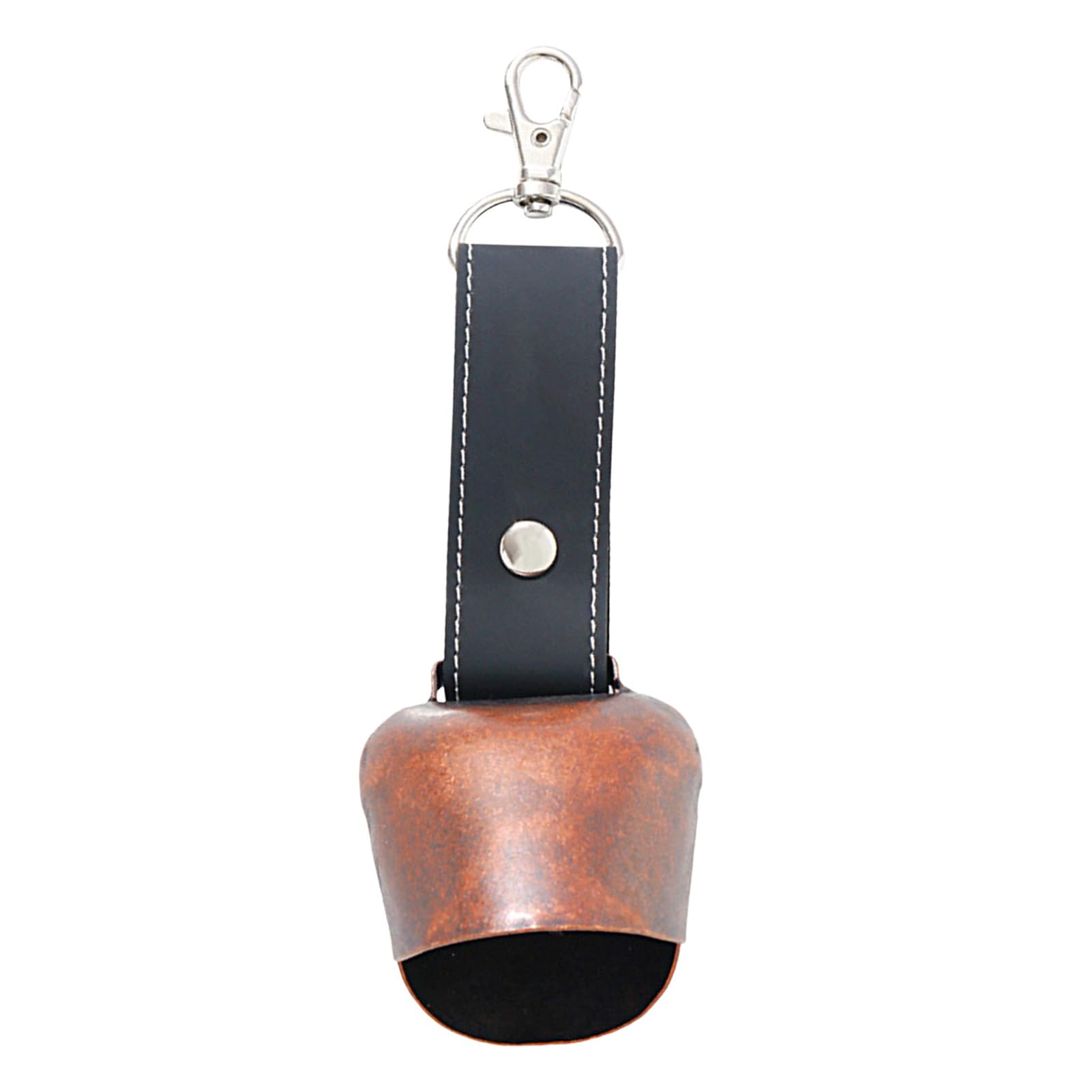
Encountering a bear, a very real risk in Japan
Japan, a green and mountainous island country, is home to a rich and diverse wildlife. Among the inhabitants of its dense forests is a species that is as fascinating as it is fearsome: the brown bear. Found on the islands of Honshū, Shikoku and Kyushu, it represents a potential danger for the many hikers who follow Japanese trails.
According to official statistics, encounters between bears and humans have been increasing steadily in recent years in Japan. In 2020, no less than 13,669 bear reports have been recorded, a record figure representing an increase of 16.4% compared to 2019 (Source: Ministry of Environment of Japan). This increase is explained in particular by the expansion of urban areas which reduce the natural habitat of these plantigrades. In search of food, they come perilously close to populated areas.
While mountainous regions are full of brown bears, some prefectures are particularly at risk. In 2019, Ishikawa recorded 1,554 reports, Nagano 1,423 and Niigata 1,156, thus concentrating nearly 30% of cases for the year in Japan. j bear attack (Source: Environmental Protection Agency). The island of Hokkaido, in the north of the archipelago, also has a high density of bears with an estimated population of 8,300 individuals in 2015. (Source: Hokkaido Government) In 2022, two hikers lost their lives after being attacked on the Shiretoko Peninsula, a natural site classified as a World Heritage Site by UNESCO.
Although rare, bear attacks can have dramatic consequences. Between 2005 and 2015, we counted 62 bear victims in Japan, including 25 deaths. These numbers put the country at the top of developed nations for the number of deadly assaults involving bears. The fearsome strength of these mammals and their sharp claws cause terrible injuries when they charge.
Faced with a bear, the right reaction can save a life. Authorities advise never to run away but to back up slowly, without making sudden movements, while speaking calmly to reassure the animal. By speaking calmly, you allow the bear to identify you as a human and not as prey. You should also try to appear taller by spreading your arms. Don't look him in the eye: Bears can interpret direct eye contact as a threat. In the event of an attack, it is recommended to bend in the fetal position to protect vital organs. Using a defense device such as pepper spray can also deter bears. Since the best defense is not to encounter it, it is recommended that you wear a bell while walking. The sound scares the animal away.
Faced with this challenge of cohabitation between man and bear, public authorities are multiplying prevention initiatives. Reinforced supervision of bear feeding practices, installation of electric fencing, and even rational regulation of populations in certain areas that are very at risk. Essential measures to try to maintain a lasting balance between the tranquility of hikers and the preservation of this emblematic species of Japan. In 2025, in response to the increase in incidents, the Ministry of the Environment plans to significantly increase the budget to support initiatives to prevent bear attacks.
For more information:
Japan Times - Environment Ministry to boost support for local governments facing bear attacks







